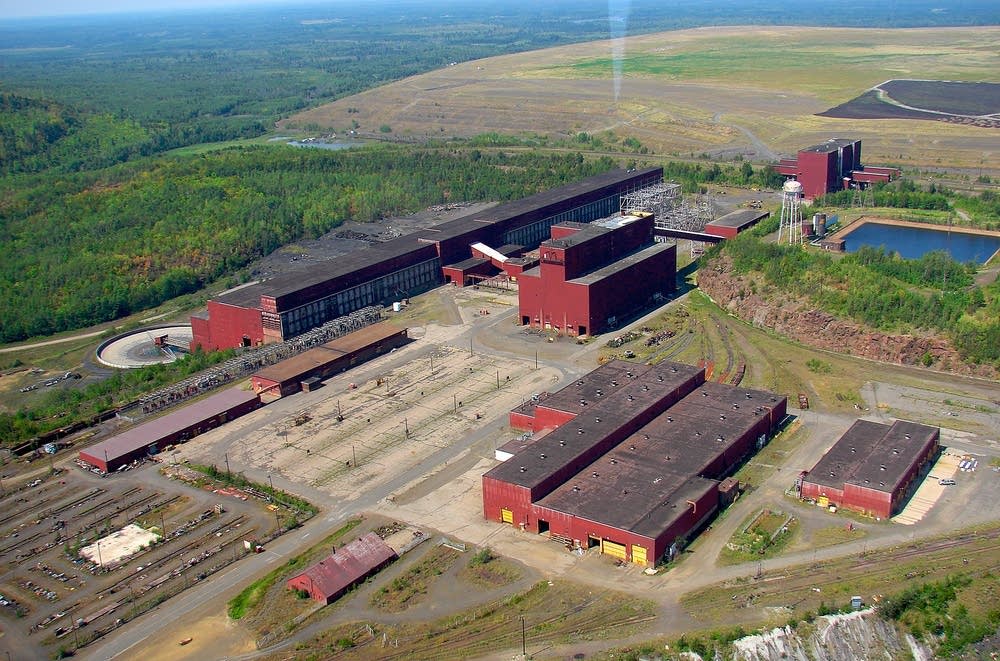
Shares of PolyMet (NYSE: PLM) skyrocketed more than 75% during Friday’s morning session after a Ramsey County District Court judge found that Minnesota regulators did not break permitting rules for the company’s proposed copper-nickel mine near Hoyt Lakes and Babbitt.
In his decision, judge John H. Guthmann rejected the allegations that Minnesota Pollution Control Agency (MPCA) engaged in a systematic effort to keep evidence out of a National Pollutant Discharge Elimination System (NPDES) permit, which covers the release of pollution into rivers, lakes, streams and wetlands.
The allegations came from the Fond du Lac Band of Lake Superior Chippewa, WaterLegacy, Minnesota Center for Environmental Advocacy, Center for Biological Diversity and Friends of the Boundary Waters Wilderness.
They argued that the state agency “engaged in an unprecedented and deceptive campaign to keep U.S. Environmental Protection Agency’s (EPA) written comments on the draft PolyMet permit hidden from the public and the courts.”
The $1 billion project has been met with criticism from environmental groups who are concerned about its potential impact on nearby water sources
“At no time did the MPCA try to discourage or prevent the EPA from submitting written comments on either the pre-proposed permit or the final permit,” judge John Guthmann wrote.
The district court’s conclusion will be incorporated into a broader challenge to the permit currently pending before the court of appeals.
In that case, environmental groups and the Fond du Lac Band have challenged the MPCA’s decision to issue the permit and its denial of a contested-case hearing.
“We are pleased with the district court’s ruling and look forward to defending the challenge to the water permit currently pending in the court of appeals,” said Jon Cherry, PolyMet chairman, president and CEO.
“We remain confident the water quality permit meets all applicable standards and will ultimately be upheld by the courts.”
The $1 billion NorthMet project has been met with criticism and resistance from environmental groups who are concerned about its potential impact on nearby water sources.
If permitted, the proposed mine on the Iron Range would become Minnesota’s first copper-nickel operation with an estimated 290 million tonnes of proven and probable reserves grading 0.29% copper and 0.08% nickel.